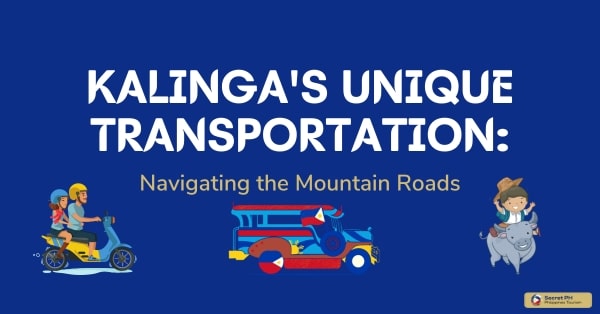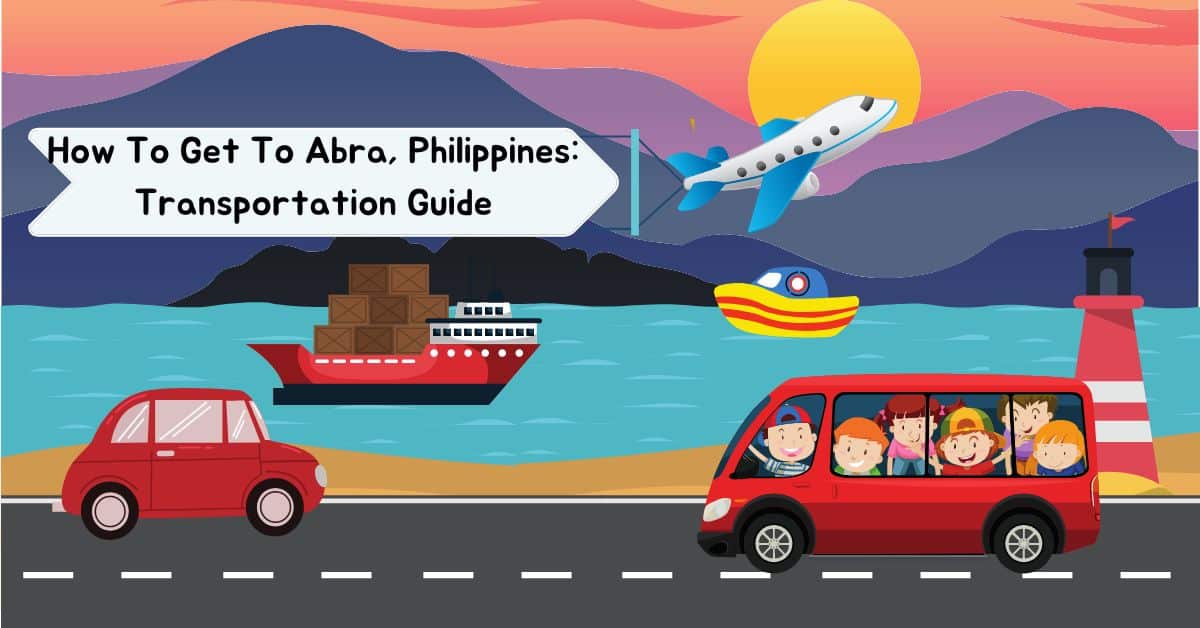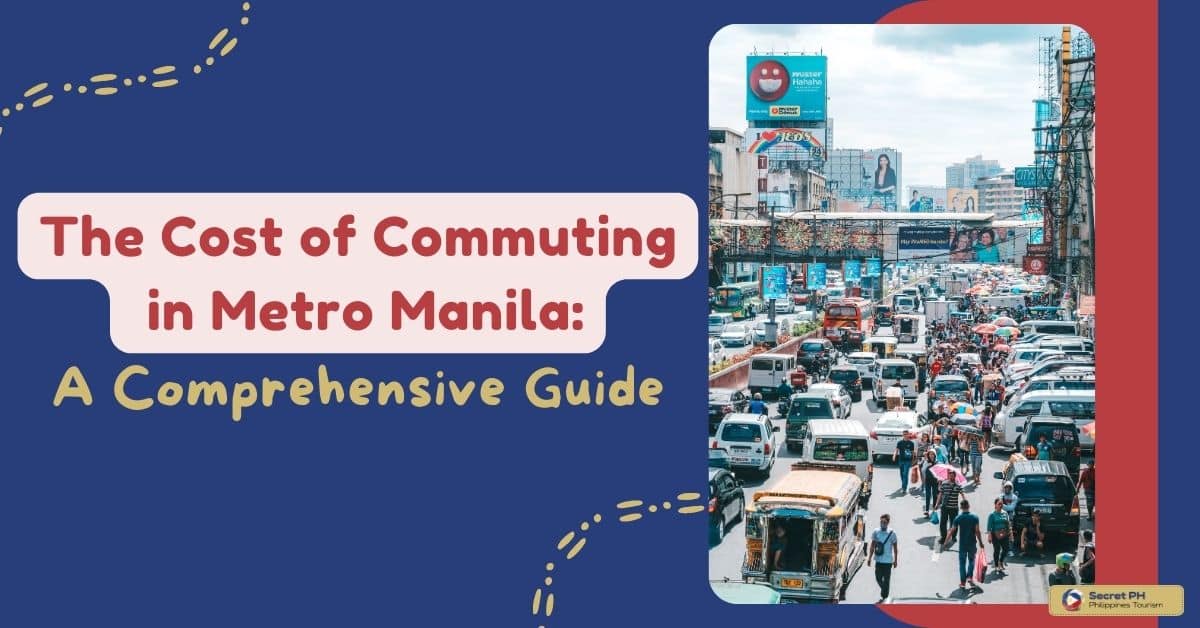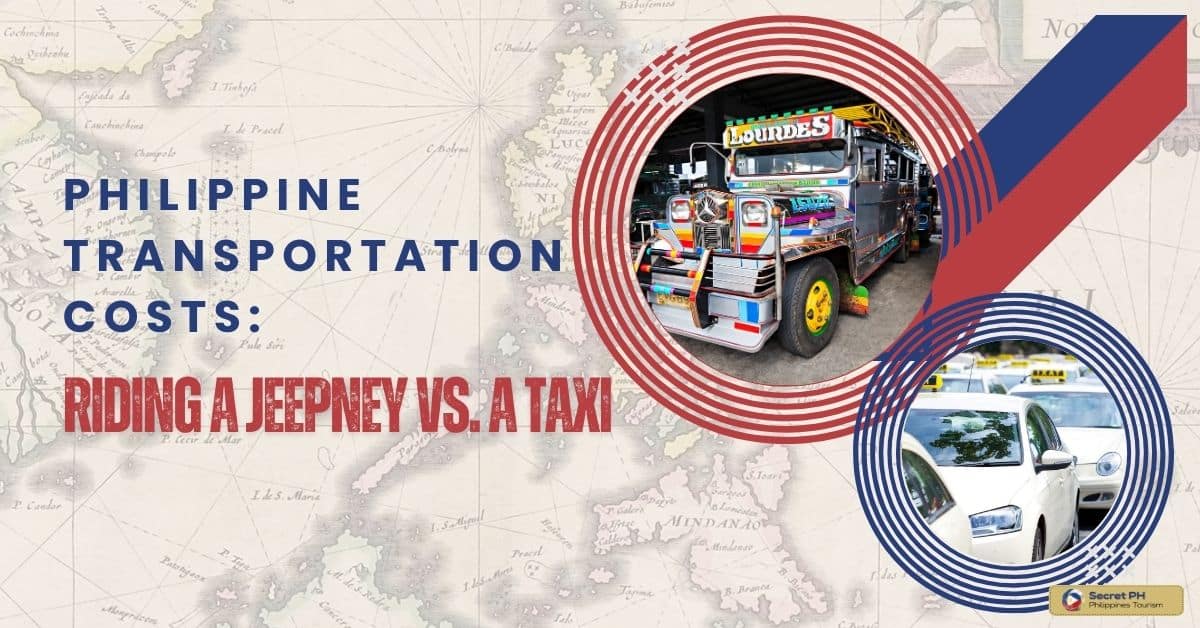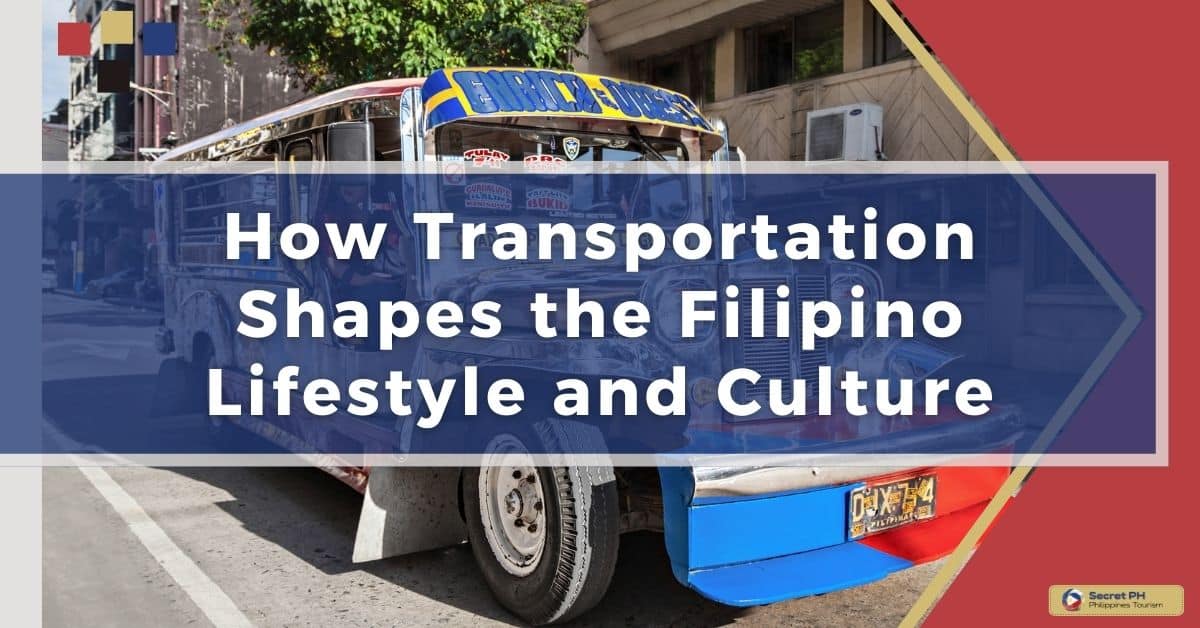Is a study that aims to analyze and compare the expenses involved in different modes of transportation in the Philippines. The report will provide an in-depth analysis of the costs associated with various modes of transportation such as buses, taxis, trains, jeepneys, and tricycles.
The cost of transportation is an important aspect to consider when living or traveling in the Philippines. With a wide range of available options, it can be difficult to know which mode of transportation best fits your budget.
In this article, we will explore the different modes of transportation in the Philippines and analyze the factors that affect their costs. We will also provide some solutions and strategies for reducing the overall cost of transportation in the country. Read on to learn more about how you can save money while commuting across the Philippines.
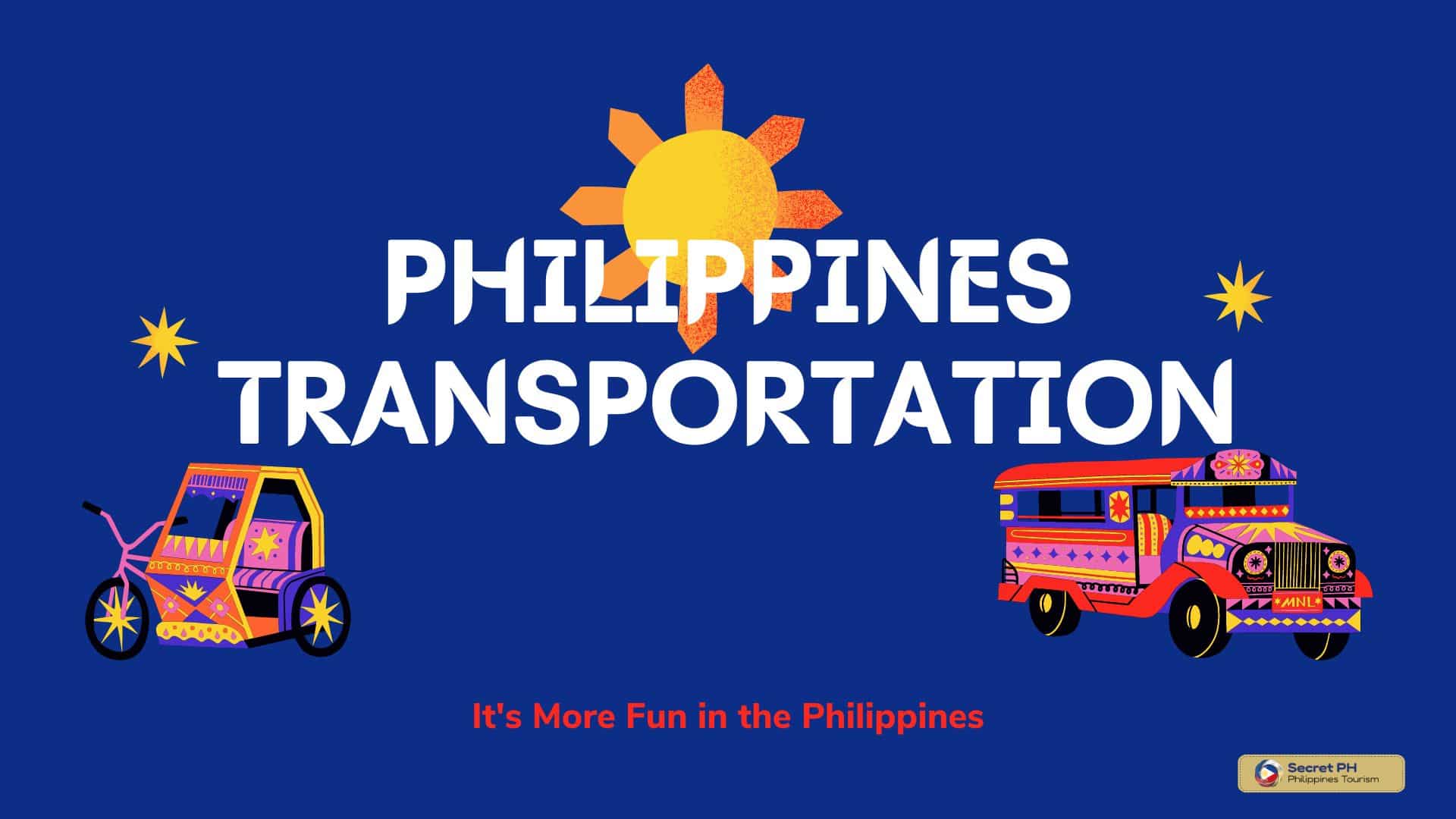
Transportation in the Philippines
The Philippines is a sparsely populated nation composed of over 7,000 islands. Making transportation from region to region an important component of the national infrastructure. There are various types of public transportation available for use by citizens including buses, jeepneys, tricycles, taxi cabs, and trains.
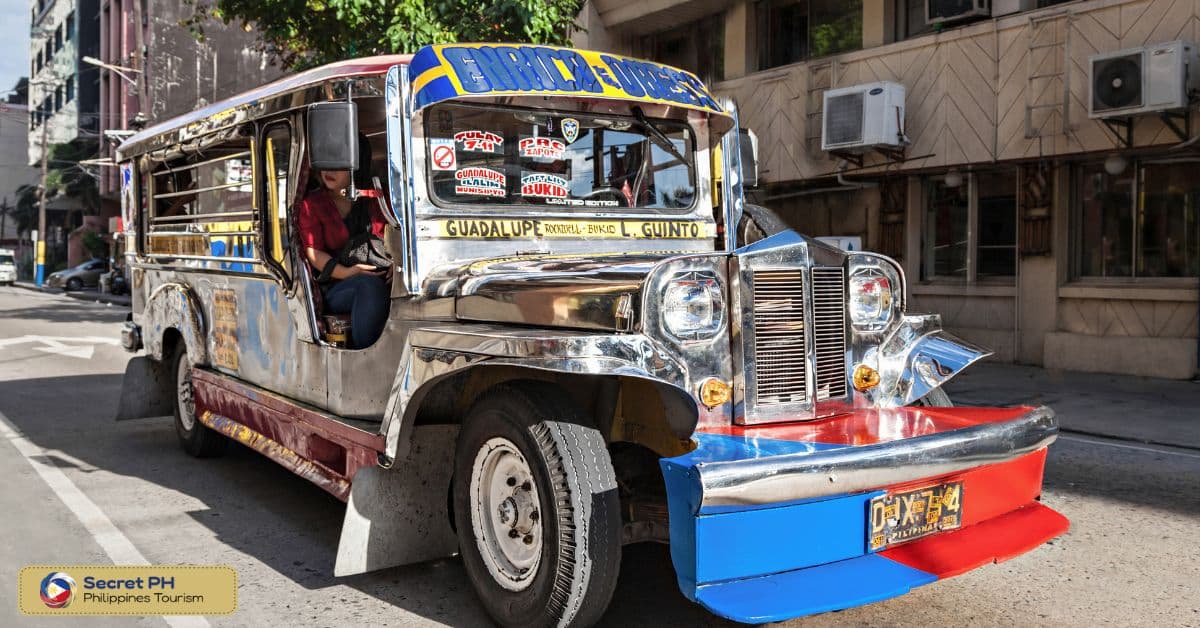
All modes of public transportation are relatively affordable for most residents. Offer them an easy way to navigate the local roads or travel across greater distances within the archipelago.
However, shared cars and ride-hailing apps are becoming increasingly popular. Especially in urbanized areas due to their convenience and affordability compared with traditional transport options.
While current transportation options offer reliable access across much of the country’s landscape. There is still room for improvement in terms of ease and availability to help improve access to places further out of the city center.
Affordable Transportation Advantages
Affordable transportation services offer a number of advantages to those who use them. From offering quick commutes and reliable rides to much lower costs than personal car ownership.
Some of the advantages of having affordable transportation are:
- Increased mobility and accessibility: Affordable transportation options allow individuals to travel more easily and efficiently. Thereby increasing their mobility and accessibility to different places.
- Improved quality of life: By reducing the cost of transportation. Individuals are able to allocate more resources to other necessities such as food, healthcare, and education, which improves their overall quality of life.
- Boosts the local economy: Affordable transportation options can stimulate local economies. By making it easier for people to travel to work, school, or local businesses.
- Environmental benefits: By reducing the cost of transportation, people may choose to use more environmentally friendly modes of transportation such as bikes or public transit, which can reduce the negative impact on the environment.
- Decreased traffic congestion: Affordable transportation options can reduce traffic congestion. Making the roads safer and reducing travel times.
- Improved job prospects: Affordable transportation can increase job prospects by making it easier for individuals to travel to work or job interviews.
Comparison of the Various Transportation Methods
The report will analyze the pros and cons of each mode of transportation. Including factors such as cost, speed, safety, convenience, and environmental impact.
The study will provide a comprehensive analysis of transportation methods such as cars, buses, trains, bikes, and air travel. It will also help individuals make informed decisions about which mode of transportation best fits their needs.
The report will also provide valuable insights into the future of transportation and the potential impact of new technologies and innovations.
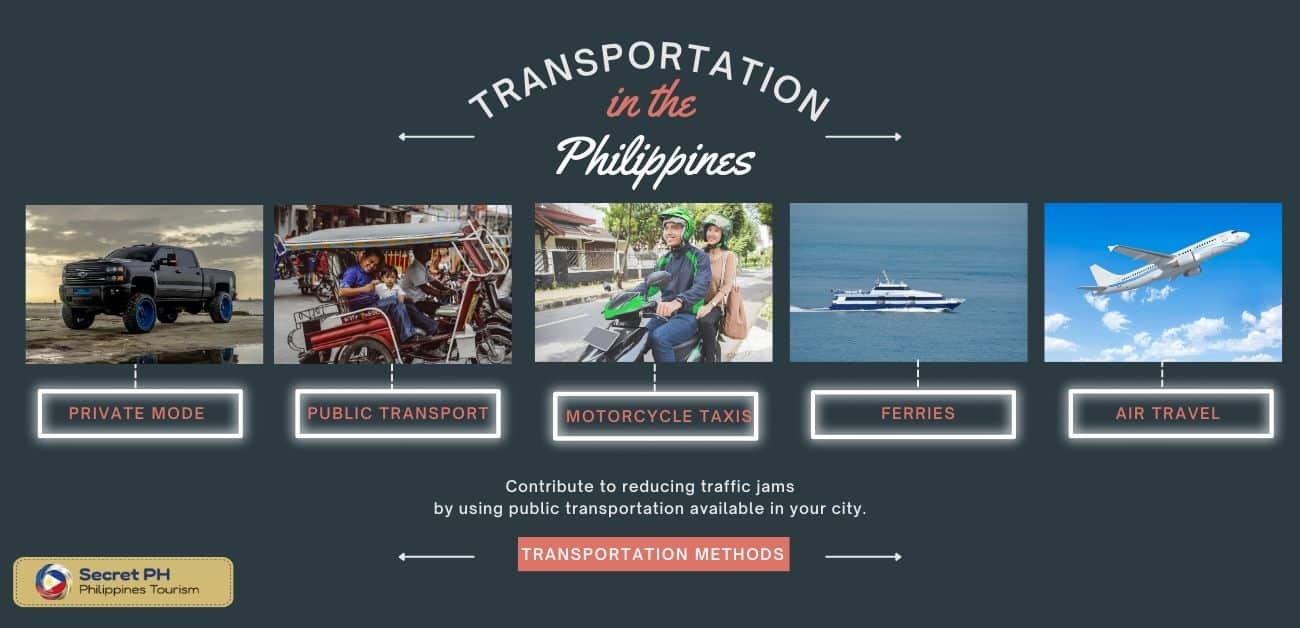
Private Mode (Cars, Jeeps)
Are becoming an increasingly popular choice to get around, especially during the coronavirus pandemic. Private transportation eliminates the potential risks of exposure to others on public transit vehicles. Allowing people to keep a sense of security while getting from one place to another.
| Pros | Cons |
| Provide maximum convenience and comfort, as they allow individuals to travel at their own pace and schedule. | Can be expensive to purchase, maintain, and operate, especially when compared to public transportation options. |
| Offer the flexibility to go where and when you want, without being restricted by public transportation schedules or routes. | Increased use of private transportation can lead to increased traffic congestion, which can result in longer travel times and increased air pollution. |
| Provides a sense of personal space and privacy, allowing individuals to travel in comfort and peace. | Finding a parking spot for a car or jeep can be difficult, especially in busy urban areas. |
| Makes it easy to get around with minimal effort, allowing individuals to quickly and conveniently travel from point A to point B. | Are a significant contributor to air pollution and greenhouse gas emissions, which can have negative impacts on the environment. |
Public Transport (Buses, Tricycles)
Public transportation offers an affordable, accessible option for getting from point A to point B. Whether it’s traveling by bus or tricycle, taking public transport can be a reliable and convenient way to navigate larger cities as well as rural areas.
Buses are large vehicles that typically operate on scheduled routes and offer multiple seating options for passengers. Tricycles, on the other hand, are initially designed to carry a driver and one passenger down narrow streets; they also often carry goods such as food and supplies.
| Pros | Cons |
| Significantly cheaper than private transportation options, making it more accessible to a wider range of people. | Subject to specific schedules and routes, which may not be convenient for all individuals. |
| By reducing the number of privately-owned vehicles on the road, public transportation can help to reduce traffic congestion and improve air quality. | Can become crowded, especially during peak hours, which can be uncomfortable for some individuals. |
| Generally more environmentally friendly than private transportation options, as it reduces emissions and helps to conserve energy. | Less safe than private transportation options, as it may be more prone to theft or other safety risks. |
| Makes it easier for those who are unable to drive or do not have access to private transportation to get around. | Less comfortable than private transportation options like cars or jeeps, with limited seating and personal space. |
Motorcycle Taxis (Habal-Habal)
Offer a unique and cost-efficient transportation method that many people rely on to get around. Unlike traditional taxi services, which employ four-wheeled, car-type vehicles for transportation, Habal-Habal offers motorcycle rides that can fit only 1 or 2 passengers at a time.
These motorcycles are typically equipped with extra support so that even luggage or additional goods can be safely transported.
| Pros | Cons |
| Often significantly cheaper than private transportation options, making them accessible to a wider range of people. | Can be less safe than other transportation options, as they are more prone to accidents and offer limited protection in the event of a crash. |
| By reducing the number of privately-owned vehicles on the road, motorcycle taxis can help to reduce traffic congestion and improve air quality. | May not be a viable option during inclement weather, as they offer limited protection from the elements. |
| Offer the flexibility to travel through narrow roads and tight spaces, making them a good option in areas with limited transportation options. | Are often less comfortable than other transportation options, with limited seating and personal space. |
| Are more fuel-efficient than cars, reducing their environmental impact. | Maintaining a motorcycle can be more expensive and time-consuming than maintaining a car or other transportation option. |
Other Modes Such as Ferries and Air Transportation
Ferries, air transportation, and other modes are just as important as the car, rail, and bus services in delivering passengers to their destinations. Air travel is the most efficient form of transport for lengthy journeys.
While ferries can be invaluable for traversing water or offering access to islands and remote areas. Water taxis also offer shorter trips between coastal locations such as cities or ports. With so many options available, consumers can choose the best method for their needs and budget depending on speed, cost, flexibility, or other factors.
Ferries
| Pros | Cons |
| A cost-effective mode of transportation, especially when compared to air travel. | Are often subject to specific schedules and routes, which may not be convenient for all individuals. |
| Often powered by cleaner fuels and can help to reduce emissions and conserve energy. | May not be a viable option during inclement weather, such as storms or high winds. |
| Offer scenic views and a unique perspective on the surrounding landscape, making them a popular option for tourists. | Can be less safe than other transportation options, especially during rough seas or other adverse conditions. |
Air Travel
| Pros | Cons |
| The fastest mode of transportation, making it a good option for individuals with limited time. | Often more expensive than other transportation options, making it less accessible to a wider range of people. |
| Can be convenient, especially for long-distance travel, as it eliminates the need to spend long hours on the road or other modes of transportation. | A significant contributor to greenhouse gas emissions and air pollution, which can have negative impacts on the environment. |
| Many airlines offer a high level of comfort, with amenities such as spacious seating, in-flight entertainment, and food and beverage service. | Can be inconvenient, as it requires individuals to arrive at the airport well in advance of their flight and navigate through security checks and other procedures. |
Sample Fare Tariff
| Jeep | Base fare: PHP 10-15 (approx. $0.20-$0.30)
Per kilometer fare: PHP 8-12 (approx. $0.15-$0.25) Waiting time: PHP 2-3 per minutes |
|
Bus |
Base fare: PHP 7-12 (approx. $0.13-$0.23)
Per kilometer fare: PHP 2-3 (approx. $0.04-$0.06) Additional charges for air-conditioned buses may apply. |
| Tricycle | Base fare: PHP 10-15 (approx. $0.20-$0.30)
Per kilometer fare: PHP 8-12 (approx. $0.15-$0.25) Waiting time: PHP 2-3 per minutes |
| Motorcycle Taxi (Habal-habal) | Base fare: PHP 20-30 (approx. $0.40-$0.60)
Per kilometer fare: PHP 10-15 (approx. $0.20-$0.30) Waiting time: PHP 2-3 per minutes |
Note: Tariffs may vary depending on the location, time of day, and other factors. The above is a general sample of tariffs for transportation in the Philippines.
Factors Affecting Transportation Costs in the Philippines
There are several factors that can affect the cost of transportation in the Philippines, including:
- Fuel prices: The cost of fuel is a major factor in the cost of transportation, and fluctuations in fuel prices can have a significant impact on the cost of transportation.
- Supply and demand: The availability of transportation options and the demand for them can also affect the cost of transportation. For example, during peak hours or in high-traffic areas, the demand for transportation may be higher, leading to an increase in cost.
- Infrastructure: The quality and availability of transportation infrastructure, such as roads, bridges, and airports, can impact the cost of transportation. Improved infrastructure can lead to increased efficiency and reduced costs, while poor infrastructure can lead to increased costs and reduced accessibility.
- Government regulations: Government policies, such as taxes and fees, can also impact the cost of transportation. For example, higher taxes on fuel or vehicles can increase the cost of transportation, while subsidies for public transportation can reduce the cost.
- Competition: The level of competition among transportation providers can also affect the cost of transportation. For example, increased competition may lead to reduced prices, while a lack of competition may result in higher prices.
- Natural disasters and security: Natural disasters and security issues, such as typhoons and unrest, can disrupt transportation and lead to increased costs or decreased availability.
Overall, the cost of transportation in the Philippines is influenced by a complex mix of factors that can vary greatly depending on the location, transportation mode, and other circumstances.
Transportation Cost Reduction in the Philippines: Solutions and Strategies
As a developing nation, the Philippines has been striving towards significant economic development and sustainable growth for its people. One of the key solutions for achieving this is to reduce the cost of transportation within the country. To do so, various strategies have been proposed by policymakers.
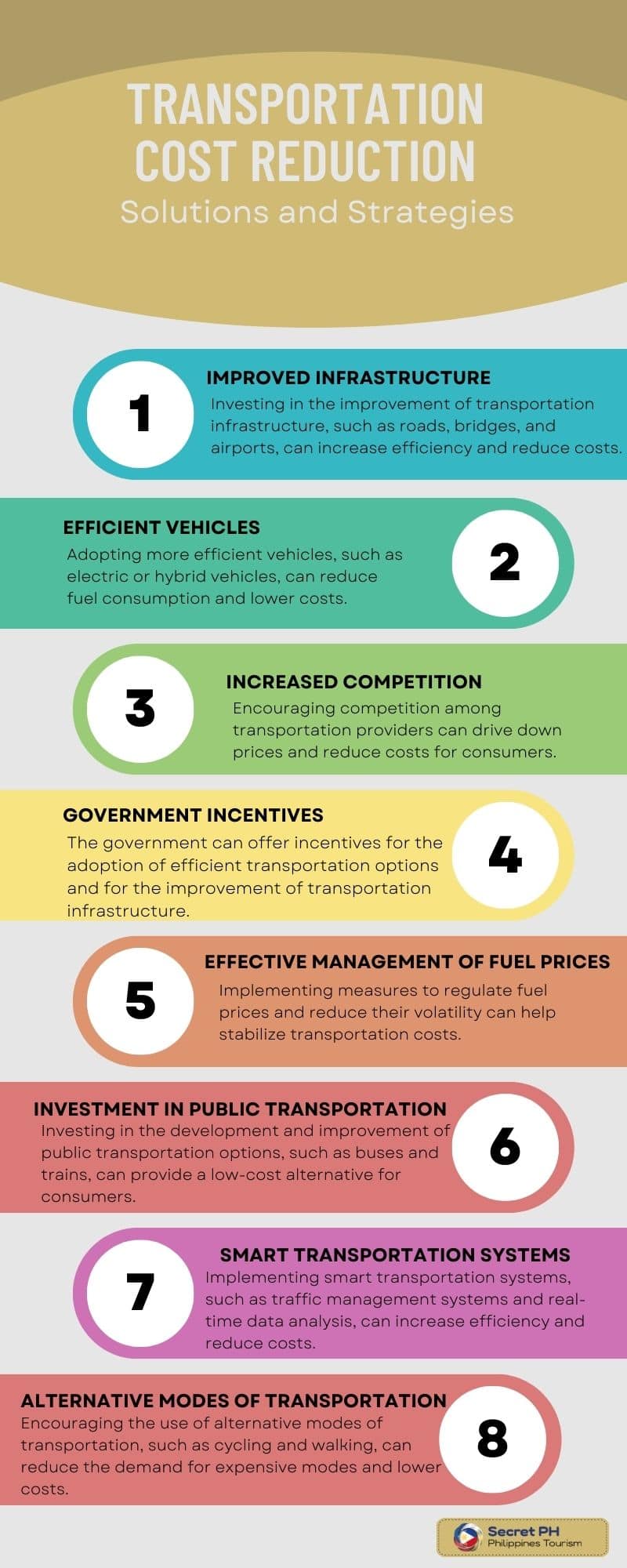
Overall, reducing the cost of transportation in the Philippines requires a multi-faceted approach that considers both infrastructure and policy. By implementing a combination of these solutions and strategies, it is possible to lower transportation costs and improve accessibility for all Filipinos.
In conclusion
It is important to understand the various modes of transportation available in the Philippines and their associated costs. By investing in infrastructure improvements, encouraging competition. Among providers, and utilizing alternative transportation options, it is possible to reduce transportation costs.
Doing so will greatly improve accessibility for all Filipinos and help promote economic growth throughout the archipelago. With the right strategy in place, the Philippines can have an effective and affordable transportation system that works for everyone.

